theme_classic ggplot2 Theme in R (6 Examples)
In this tutorial you’ll learn how to change the ggplot2 theme to the theme_classic in R programming.
The post is structured as follows:
It’s time to dive into the examples:
Example Data & Software Packages
Let’s first create some example data:
set.seed(84636) # Set random seed data <- data.frame(x = rnorm(100), # Create example data frame y = rnorm(100), group = LETTERS[1:4]) head(data) # Print head of example data frame
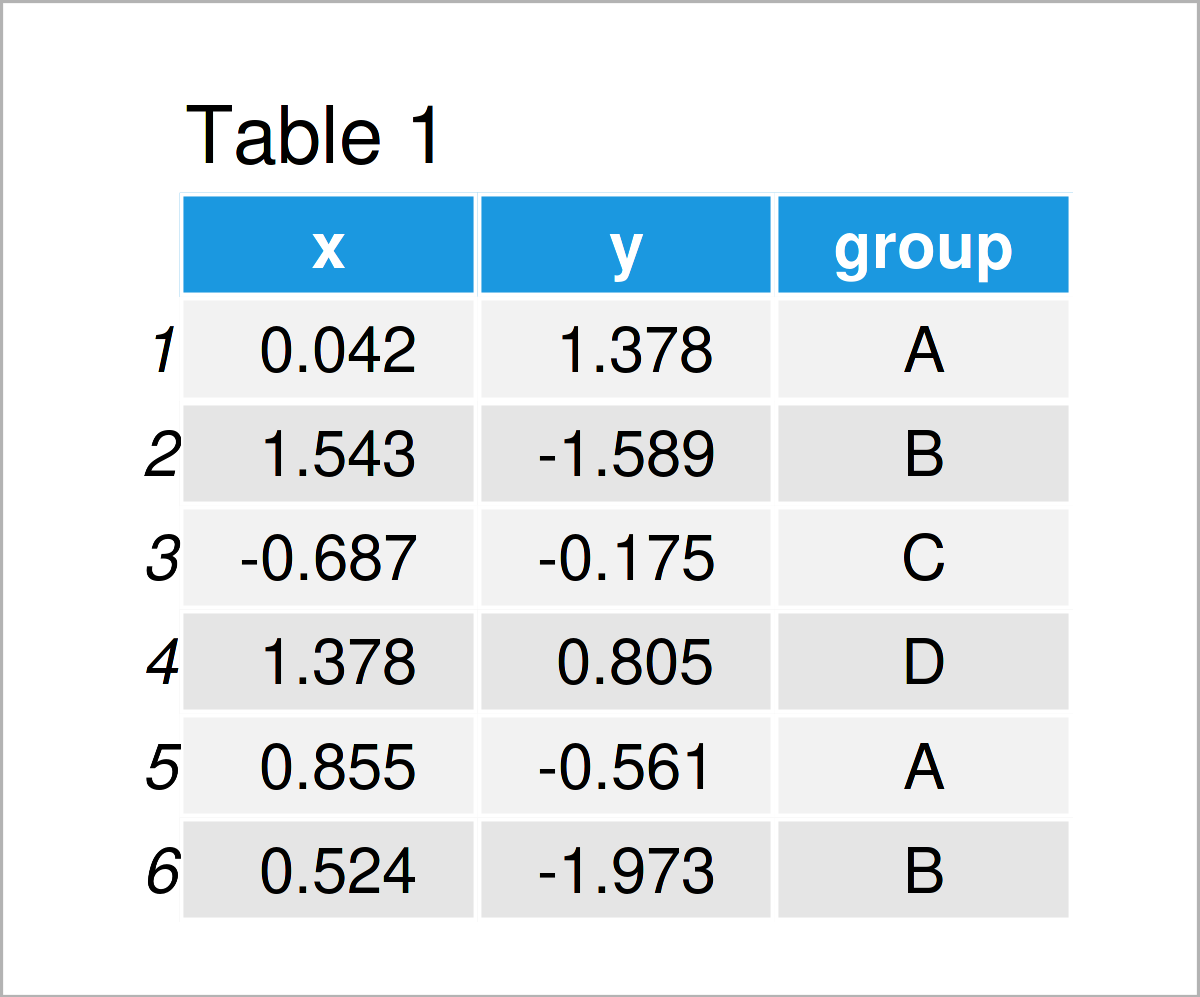
Table 1 shows that our example data comprises three columns.
In order to use the functions of the ggplot2 software package, we also need to install and load ggplot2:
install.packages("ggplot2") # Install ggplot2 package library("ggplot2") # Load ggplot2 package
The following examples will use the classical style of the ggplot2 package to draw our data. Let’s do this!
Example 1: Draw ggplot2 Scatterplot Using theme_classic()
ggplot(data, # theme_classic scatterplot aes(x = x, y = y, col = group)) + geom_point() + theme_classic()
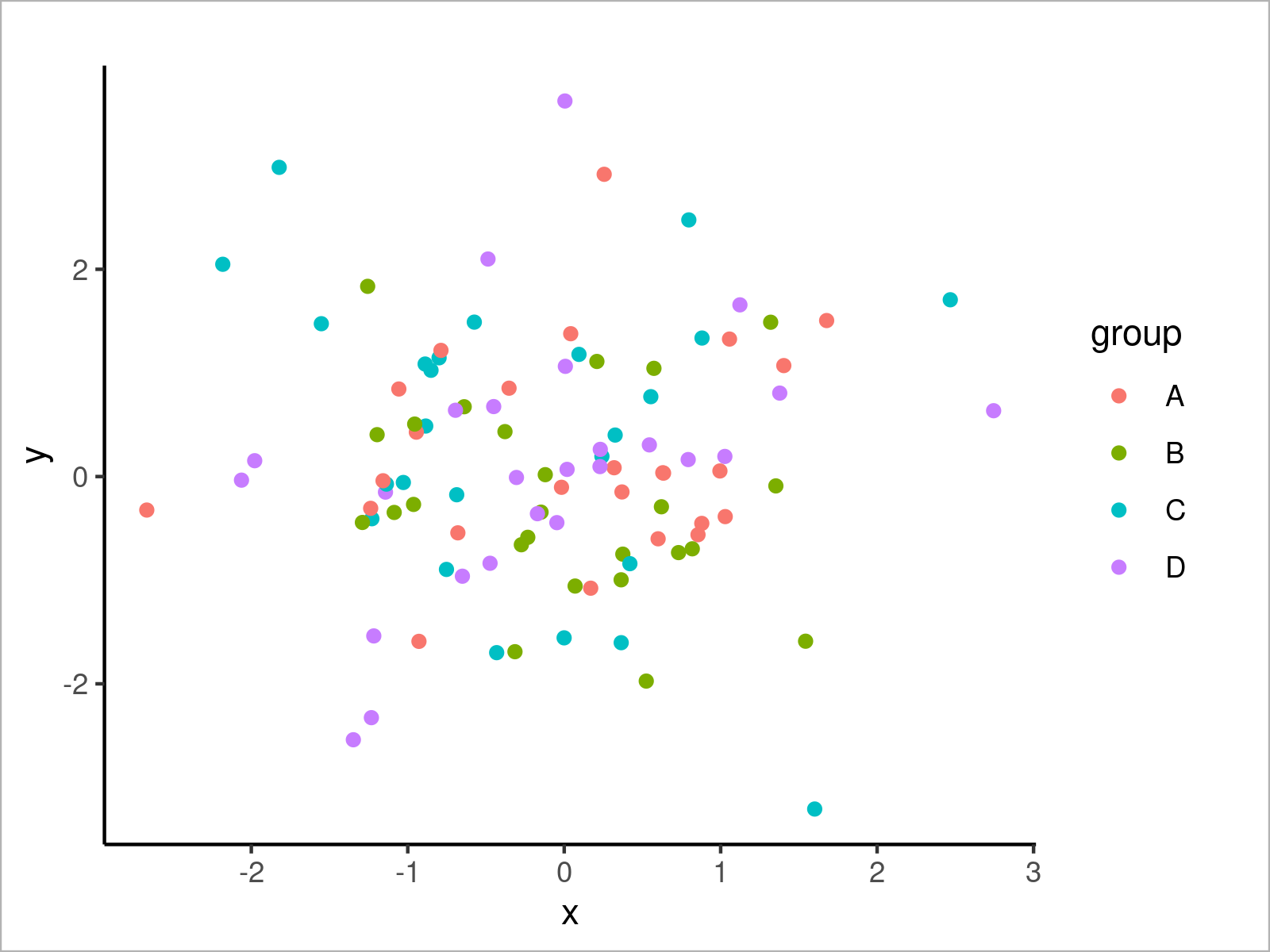
Example 2: Draw ggplot2 Density Plot Using theme_classic()
ggplot(data, # theme_classic density plot aes(x = x, fill = group)) + geom_density(alpha = 0.5) + theme_classic()
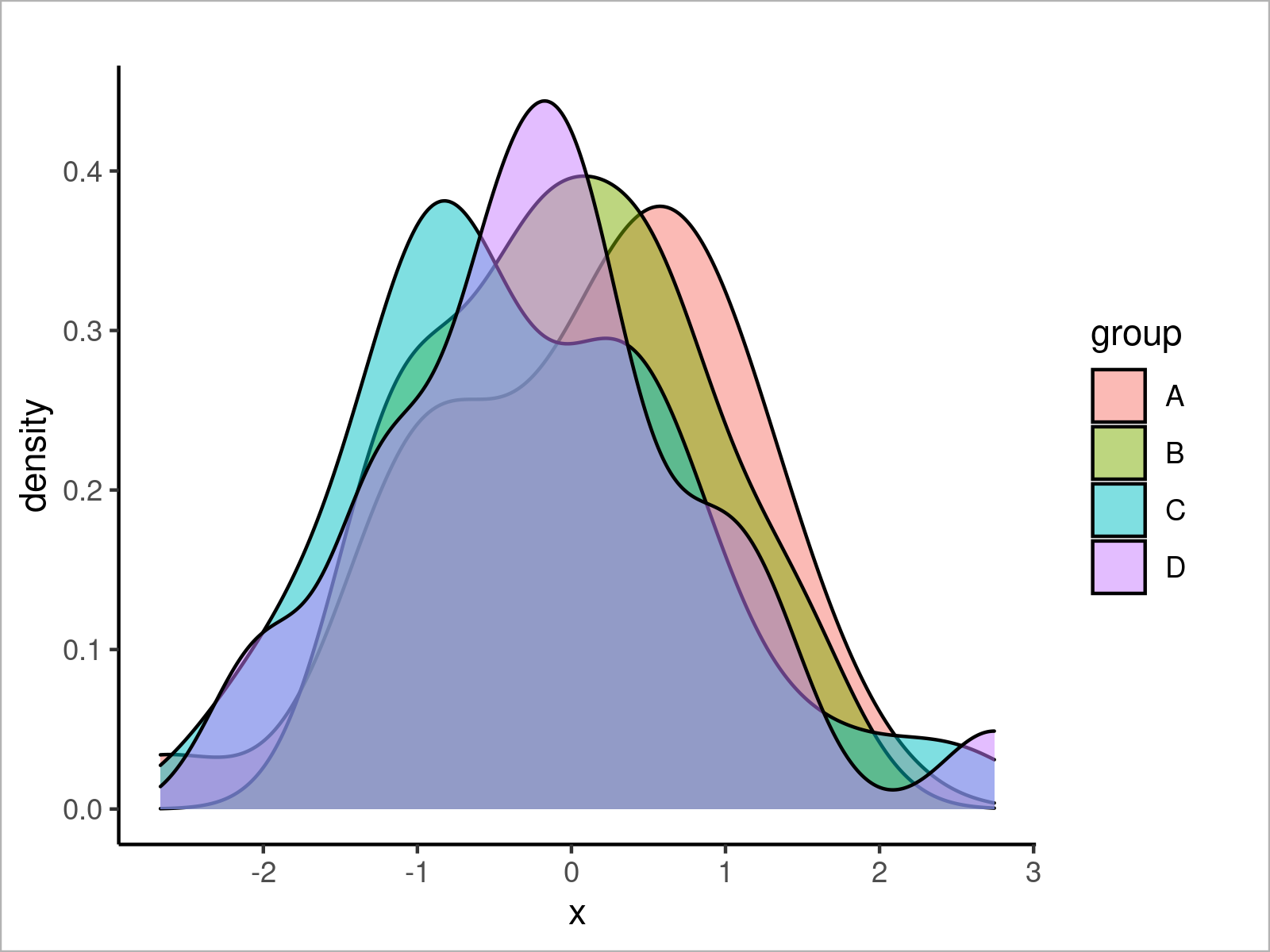
Example 3: Draw ggplot2 Histogram Using theme_classic()
ggplot(data, # theme_classic histogram aes(x = x, fill = group)) + geom_histogram(alpha = 0.5, position = "identity", bins = 50) + theme_classic()
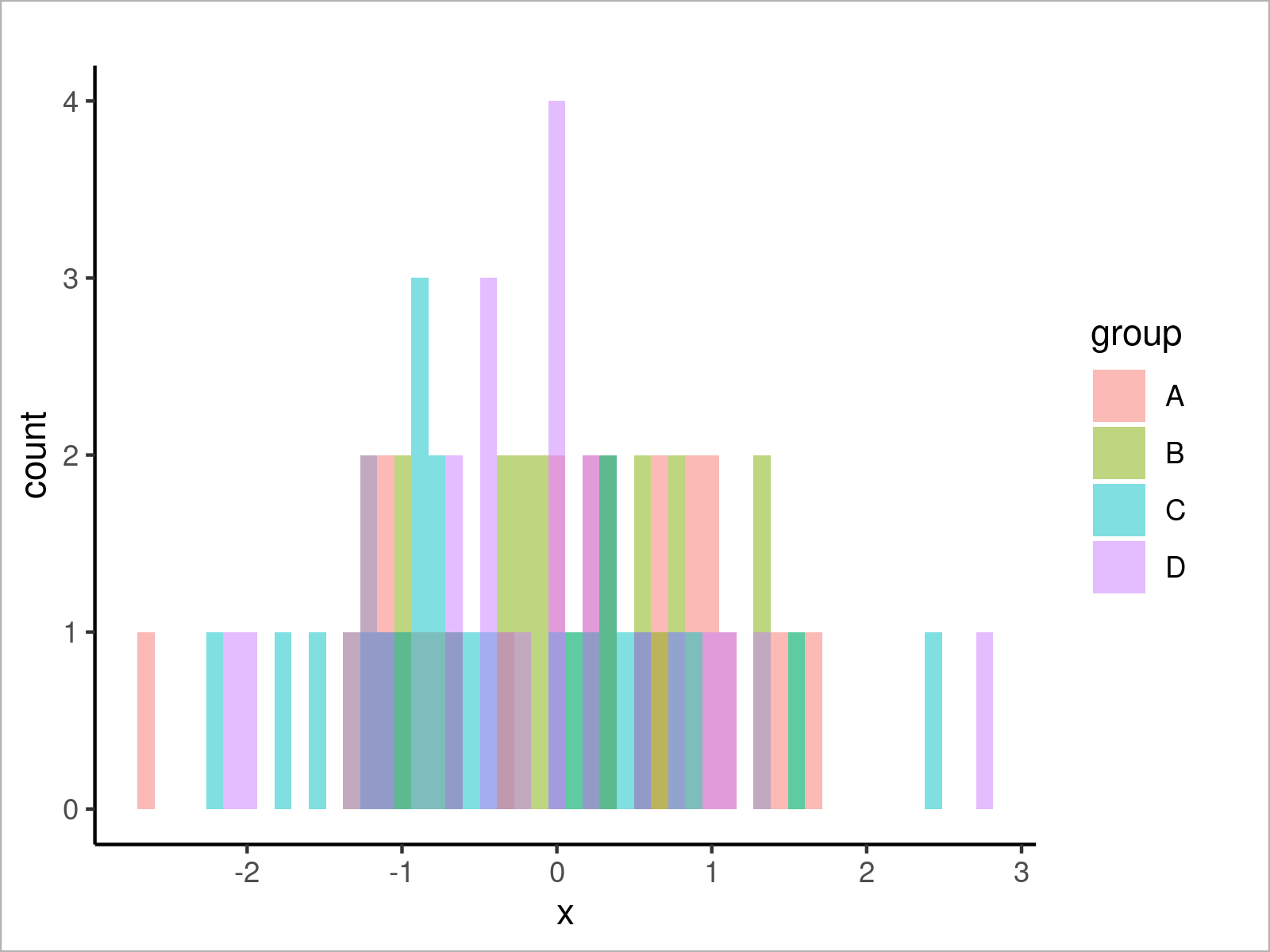
Example 4: Draw ggplot2 Barchart Using theme_classic()
ggplot(aggregate(y ~ group, data, sum), # theme_classic barplot aes(x = group, y = y, fill = group)) + geom_bar(stat = "identity") + theme_classic()
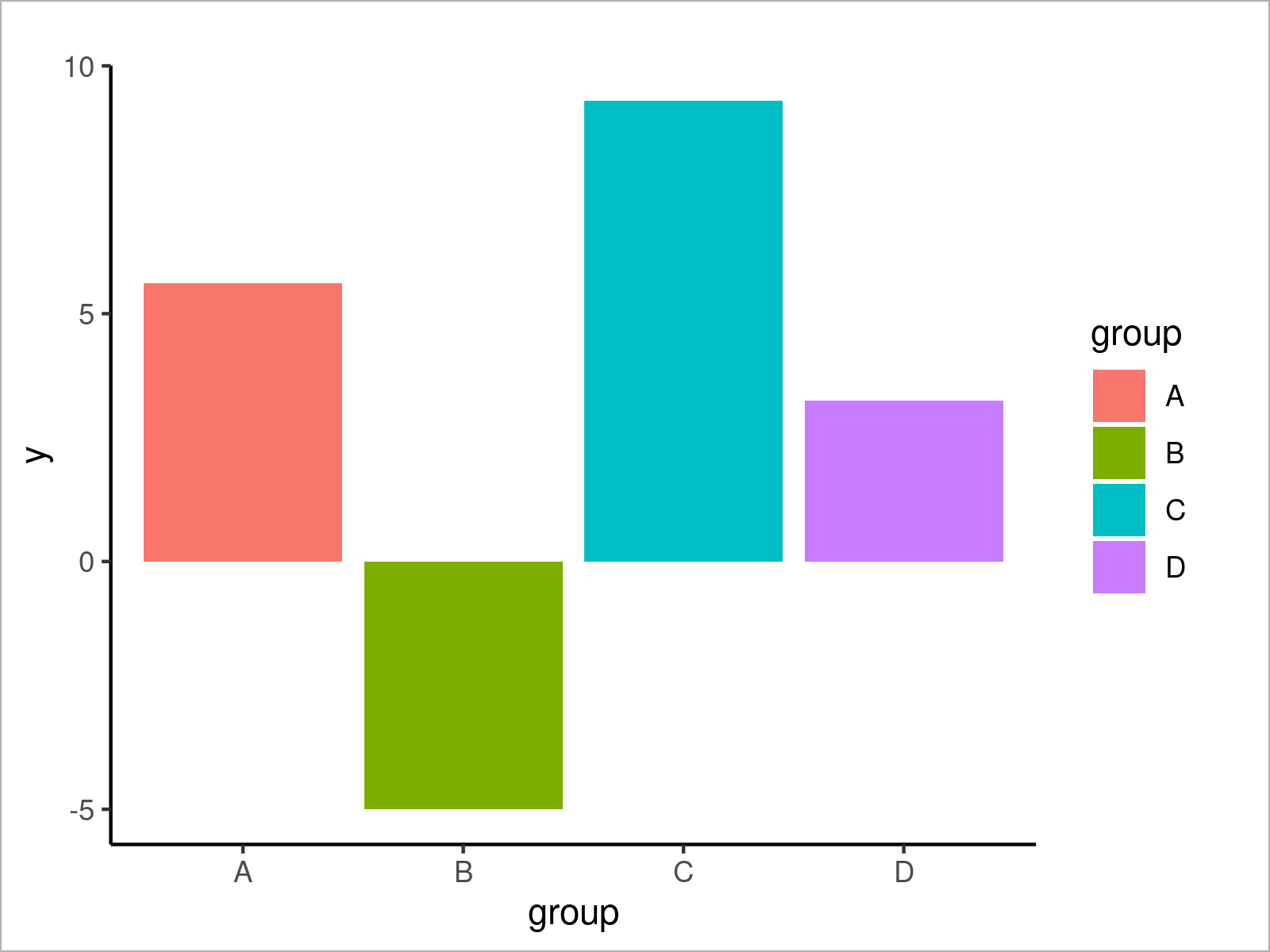
Example 5: Draw ggplot2 Boxplot Using theme_classic()
ggplot(data, # theme_classic boxplot aes(x = x, fill = group)) + geom_boxplot() + theme_classic()
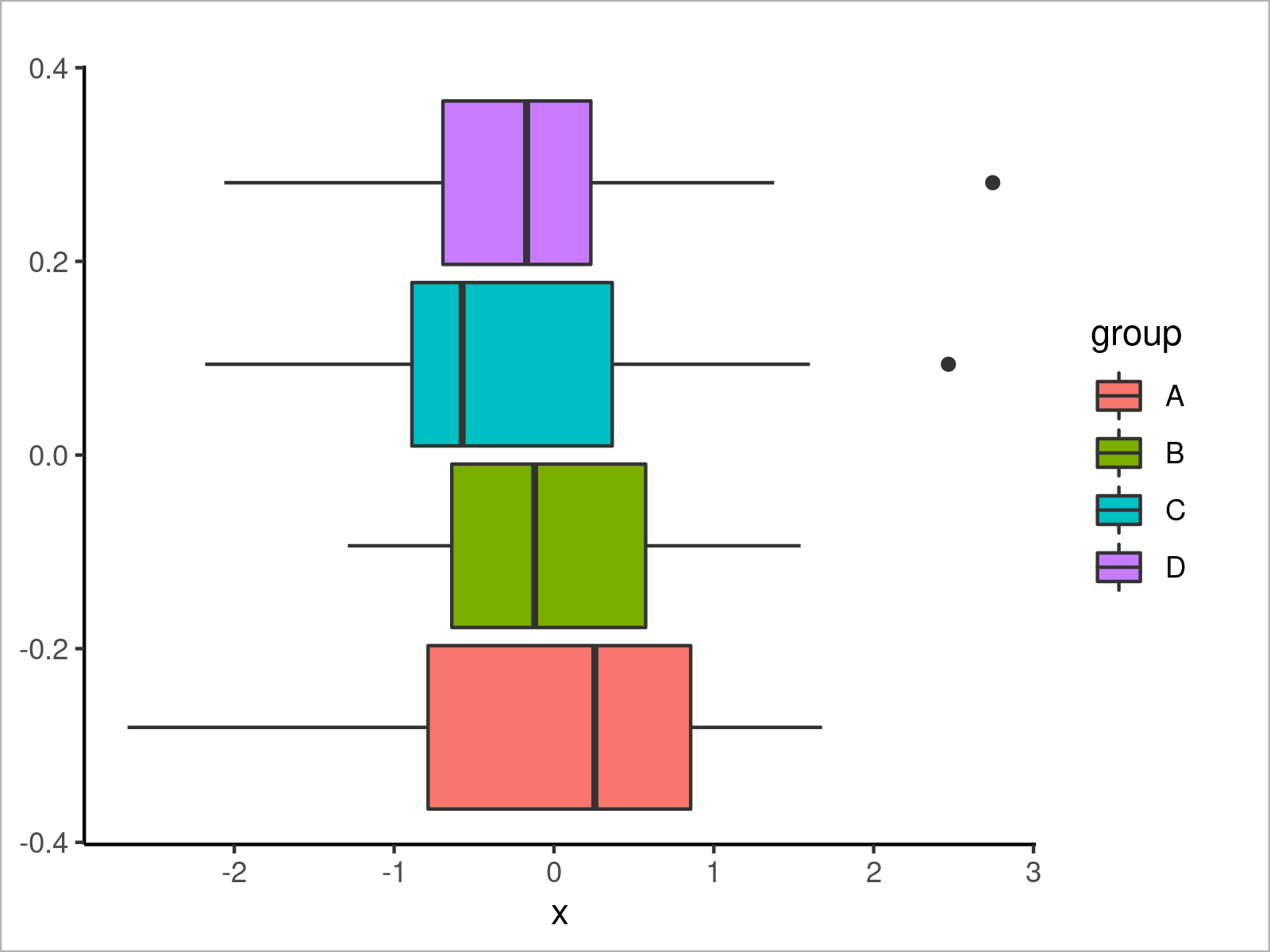
Example 6: Draw ggplot2 Line Plot Using theme_classic()
ggplot(data, # theme_classic line plot aes(x = x, y = y, col = group)) + geom_line() + theme_classic()
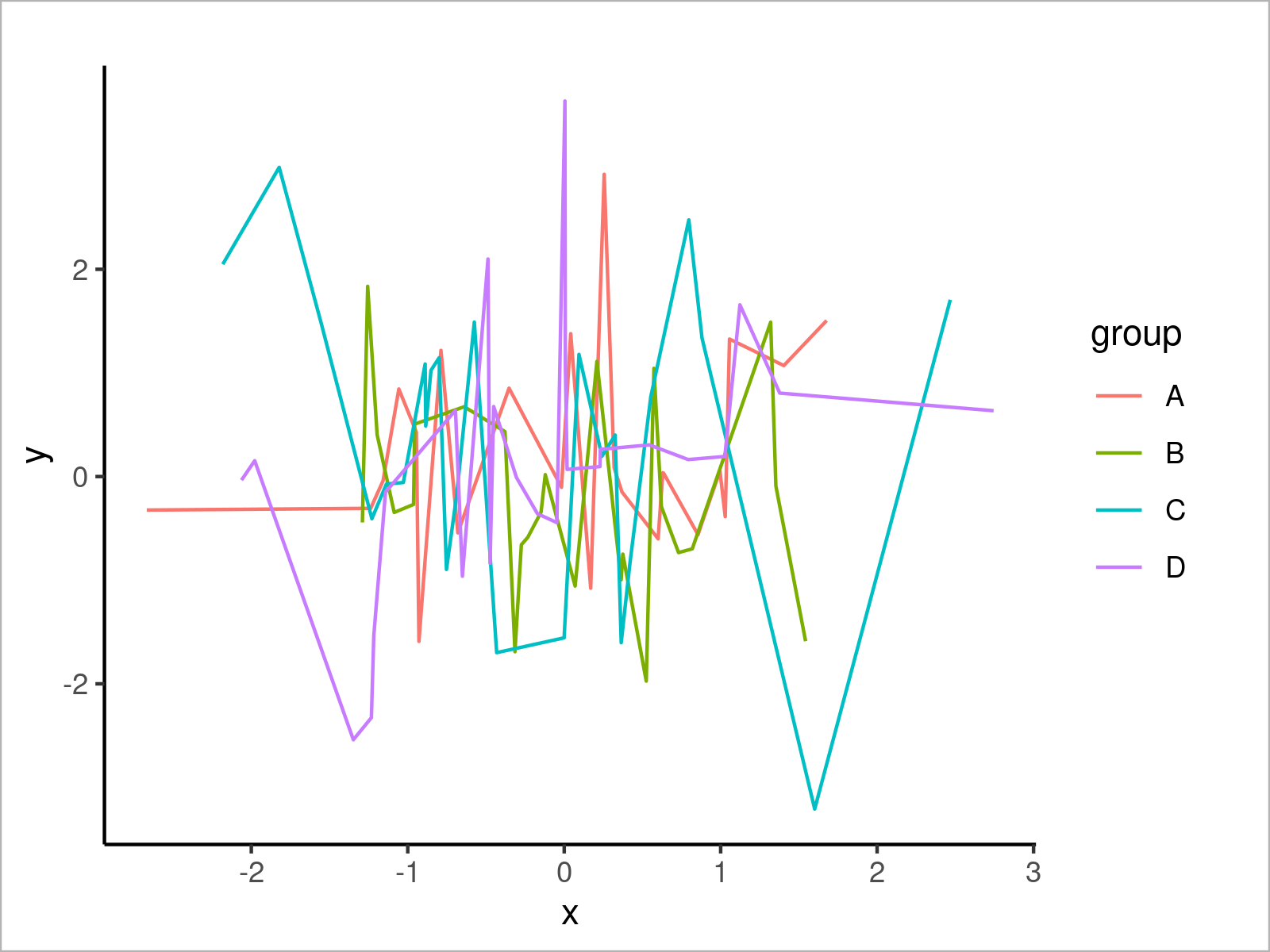
Video & Further Resources
Have a look at the following video which I have published on my YouTube channel. In this tutorial, I give a detailed introduction to the ggplot2 Package and data visualization in R, structured in different sections with examples for beginners but also advanced users.
On Statistics Globe, you can also find articles on how to construct graphics using different ggplot2 themes:
- theme_bw
- theme_dark
- theme_economist [ggthemes Package]
- theme_gray
- theme_light
- theme_linedraw
- theme_minimal
- theme_test
- theme_void
Furthermore, you may have a look at the introductions to other packages that provide additional themes for ggplot2 plots:
In addition, you might have a look at the related articles on my homepage:
In this post, I have demonstrated how to transform the ggplot2 theme to the theme_classic in the R programming language. In case you have further questions or comments, let me know in the comments section.






![R ggplot2 geom_path Error in FUN(X[[i]], …) object not found (2 Examples)](https://statisticsglobe.com/wp-content/uploads/2022/08/ggplot2-geom_path-Error-FUNXi-...-object-n-TNN-350x197.png)